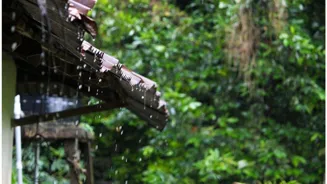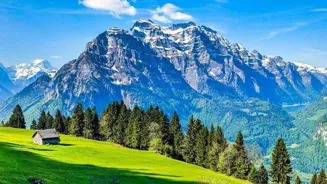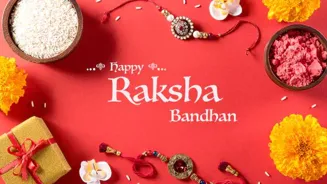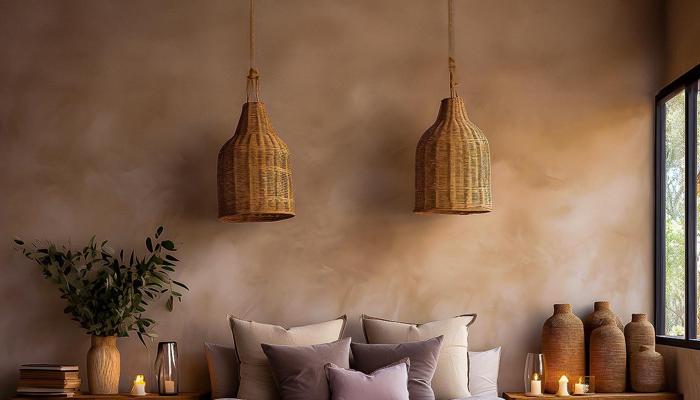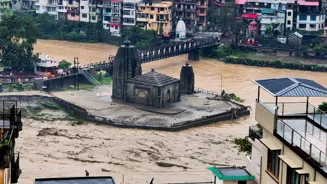Discover the enchanting world of Classical Indian Dance Forms! Dive into a journey of culture and tradition
India, a land of vibrant colours, rich history, and diverse cultures, boasts a treasure trove
of classical dance forms.
These art forms, deeply rooted in ancient traditions and scriptures, are not just mere performances; they are a spiritual experience, a conversation between the dancer and the divine.
Each style tells a unique story, expressed through intricate movements, expressive gestures (known as mudras), rhythmic footwork, and captivating music. If you're looking to immerse yourself in the beauty and grace of Indian culture, witnessing these ten classical dance forms is an absolute must!
Bharatanatyam: The Dance of Tamil Nadu
Hailing from the temples of Tamil Nadu, Bharatanatyam is perhaps the most well-known classical dance form of India. It's characterized by its precise movements, strong lines, and a focus on storytelling through abhinaya (expression).
The dancers, adorned in vibrant silk sarees and intricate jewelry, bring to life mythological tales and devotional poems. The performance is a captivating blend of nritta (pure dance) and nritya (expressive dance), accompanied by Carnatic music.
Witnessing Bharatanatyam is like stepping into a living temple, where the dancer becomes a conduit for the Gods.
Kathak: The Dance of Storytellers from North India
Kathak, originating from North India, is renowned for its intricate footwork, rapid spins (chakkars), and expressive storytelling.
The word "Kathak" is derived from "katha," meaning story, and Kathakars were originally storytellers who travelled from village to village, narrating epics through dance and music. The dance form evolved over centuries, influenced by both Hindu and Mughal cultures.
Kathak dancers often wear elaborate costumes, including long, flowing skirts that enhance the visual impact of their spins. The ghungroos (ankle bells) worn by the dancers create a mesmerizing sound that adds to the rhythmic complexity of the performance.
Kathakali: The Dramatic Dance-Drama of Kerala
Kathakali, a dramatic dance-drama from Kerala, is a truly unique and awe-inspiring art form. It is known for its elaborate costumes, vibrant makeup, and stylized movements.
The dancers, all traditionally male, undergo rigorous training to master the complex gestures and expressions required to portray various characters from Hindu epics such as the Mahabharata and the Ramayana.
The makeup in Kathakali is extremely important as each colour represents different characters and emotions. The performance is accompanied by powerful music and percussion instruments, creating a truly immersive and unforgettable experience.
Kuchipudi: The Graceful Dance of Andhra Pradesh
Kuchipudi, originating from Andhra Pradesh, is a vibrant and graceful dance form that combines elements of dance, drama, and music. It's characterized by its fast-paced rhythms, fluid movements, and expressive storytelling.
The dancers often perform on a brass plate, adding a unique element to the performance. Kuchipudi also includes elements of folk dance, making it a lively and engaging spectacle.
The use of tarangam, where dancers balance on the edges of a brass plate while dancing with pots of water on their heads, is a particularly captivating aspect of Kuchipudi.
Odissi: The Sculptural Dance of Odisha
Odissi, from the state of Odisha, is often referred to as a "sculptural" dance form, as its poses and movements are reminiscent of sculptures found in ancient temples. It is known for its graceful curves, fluid transitions, and a focus on devotional themes.
The dancers, adorned in elaborate costumes and silver jewelry, tell stories of Lord Krishna and other Hindu deities. The tribhangi pose, where the body is bent in three places, is a characteristic feature of Odissi.
Witnessing Odissi is like watching a living sculpture come to life, a testament to the beauty and grace of the human form.
Manipuri: The Gentle Dance of Manipur
Manipuri, from the northeastern state of Manipur, is characterized by its gentle and flowing movements, graceful costumes, and a focus on devotional themes. Unlike other classical dance forms, Manipuri does not emphasize forceful footwork or sharp angles.
The dancers, adorned in elaborate costumes that cover the entire body, move with a serene elegance. The Raas Leela, a dance depicting the love story of Krishna and Radha, is a central element of Manipuri dance.
The music is soothing and melodious, adding to the overall atmosphere of tranquility and devotion.
Mohiniyattam: The Enchantress's Dance of Kerala
Mohiniyattam, meaning "dance of the enchantress," is a classical dance form from Kerala known for its lyrical movements, graceful swaying, and delicate expressions.
It is traditionally performed by women and is characterized by its soft, flowing movements that resemble the gentle swaying of palm trees. The costumes are simple yet elegant, typically consisting of a white saree with gold borders.
Mohiniyattam focuses on expressing emotions and stories through subtle gestures and expressions, creating a mesmerizing and enchanting performance.
Sattriya: The Monastic Dance of Assam
Sattriya, originating from the monasteries of Assam, is a classical dance form that was traditionally performed by monks. It is known for its devotional themes, intricate hand gestures, and rhythmic footwork. Sattriya is performed in a variety of styles, including solo, duet, and group performances.
The costumes are simple yet elegant, typically consisting of a silk dhoti and chadar for male dancers and a mekhela chador for female dancers.
Chhau: The Martial Dance of Eastern India
Chhau, a semi-classical dance form from eastern India (primarily Jharkhand, West Bengal, and Odisha), blends martial arts, acrobatics, and storytelling. Dancers often wear masks that represent various characters from mythology, and their movements are powerful and expressive.
There are three main styles of Chhau, each with its own unique characteristics and traditions. The performance is accompanied by lively music and percussion instruments, creating a dynamic and thrilling spectacle.
Yakshagana: The Night-Long Performance of Karnataka
Yakshagana, a traditional theatre form Karnataka, is a captivating art form that integrates song, dance, dialogue, and elaborate costumes. Although it doesn't neatly fix into the "classical" dance label like the others, its rich tradition and structured form warrant inclusion.
Performances go on all night and are done after harvesting season. Stories are drawn from the epics and Puranas and are narrated in Kannada. The vibrant costumes, including towering headgear and painted faces, bring the characters to life.
The powerful vocals and energetic dance combine to create an unforgettable theatrical experience.
Each of these dance forms offers a unique glimpse into the rich cultural heritage of India.
Experiencing them, even through a video, is not just about watching a performance; it’s about connecting with centuries of tradition, spirituality, and artistic expression.
AI Generated Content. Glance/InMobi shall have no liability for the content

